What Will Happen to the Buses with the Silver Line?
When the Silver Line opens, many bus lines will be reorganized – to serve the five new Metrorail stations, change routes that will become redundant, and to ensure an integrated approach to the overall bus and rail network.
The Metro Board of Directors approved the Metrobus service changes in December (details). Exact schedules are not yet finalized but will become available as we get closer to the Silver Line opening at the end of the year.
60 bus routes serve the areas affected by the Silver Line, 13 of which are Metrobus routes. Metro has been working closely with Fairfax Connector, Loudoun County, and other operators to be sure all the changes work together and make sense. Generally, here’s what to expect:
- All 5 new Silver Line stations will have bus service
- Many Metrobus routes will be re-routed to serve the Tysons Corner area. Affected routes include the 1C, 2A, 2B, 2C, 2G, 2T, 3A-E, 3T, 15K, 15L, 15M, 23A, 23C, 24T, 28A, 28T, and 28X. (See the more detailed Metrobus proposal).
- A circulator bus system will serve the Tysons area, including the new Silver Line stations in Tysons
- Many Fairfax Connector buses connecting Reston and Herndon to West Falls Church station will now serve the Wiehle Avenue Silver Line station
- 7 Loudoun County buses will move from West Falls Church to Wiehle Avenue station
- 3 Prince William County buses will move to Tysons Corner station
- Going to Dulles Airport? Metrobus 5A will remain unchanged, and the express Washington Flyer buses will move from West Falls Church to Wiehle Avenue station.
When does all this happen? All bus changes will need to take effect by the first day of Silver Line operations!
For more information on Fairfax County bus changes in particular, visit their extensive website on the Silver Line changes.

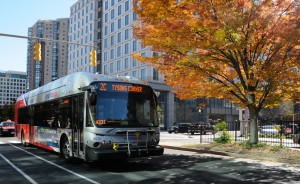
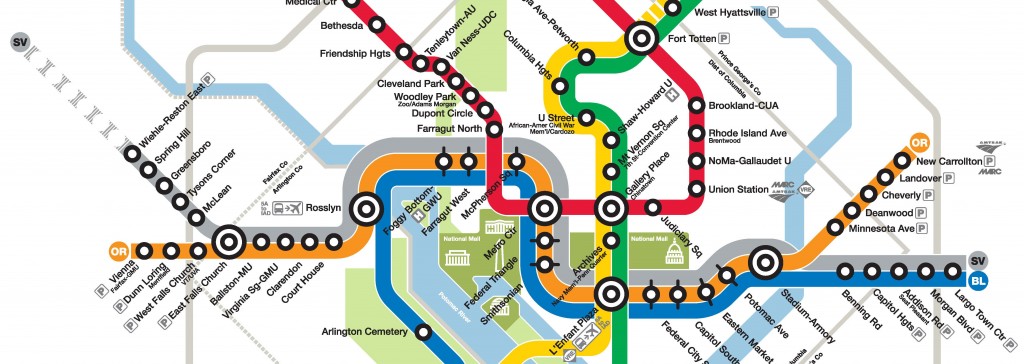
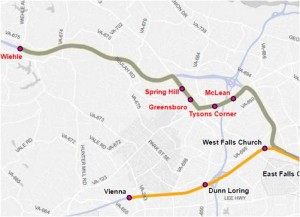
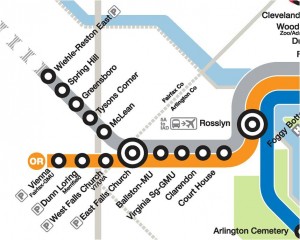
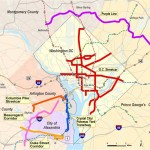

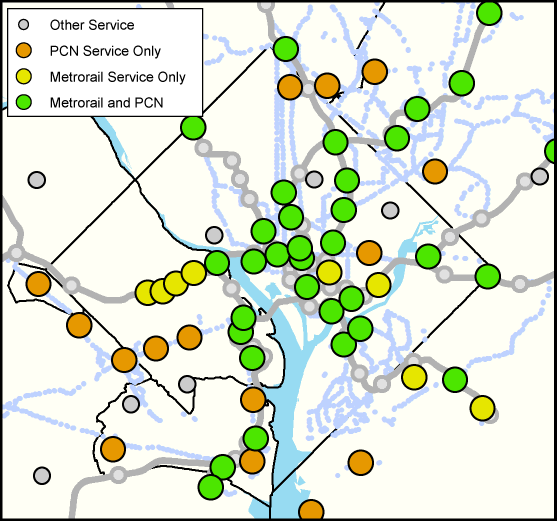
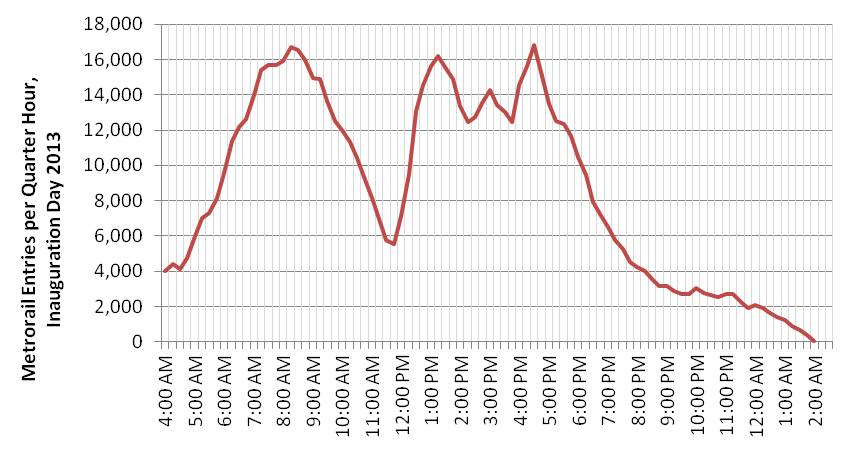
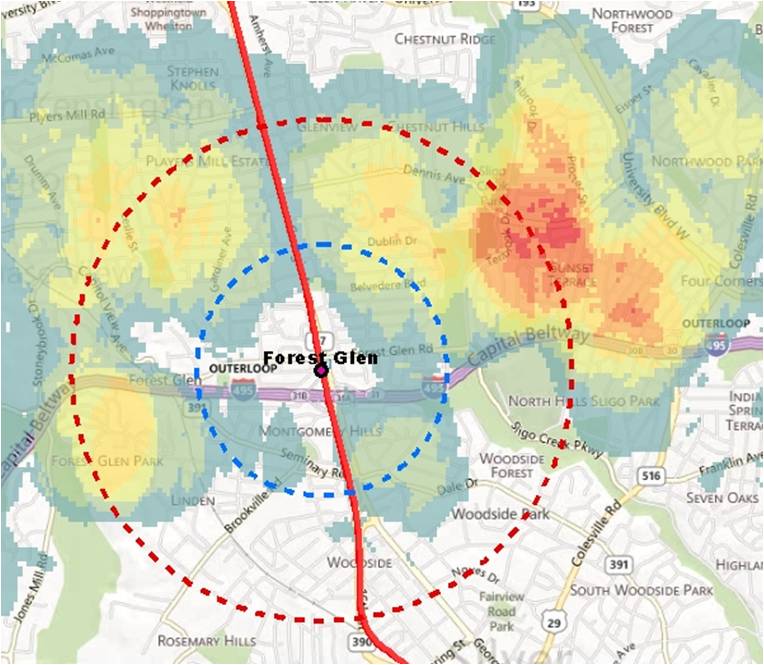

Recent Comments